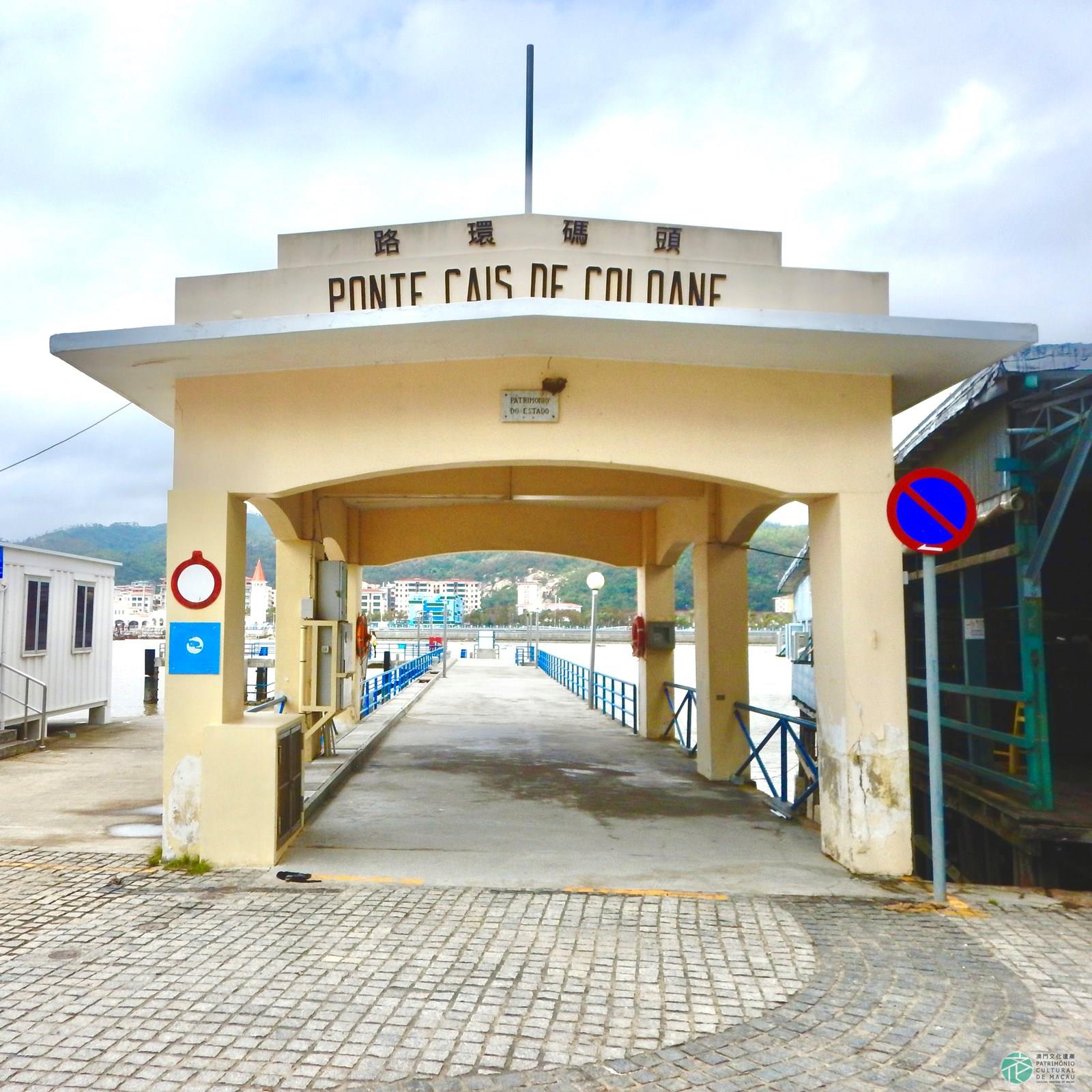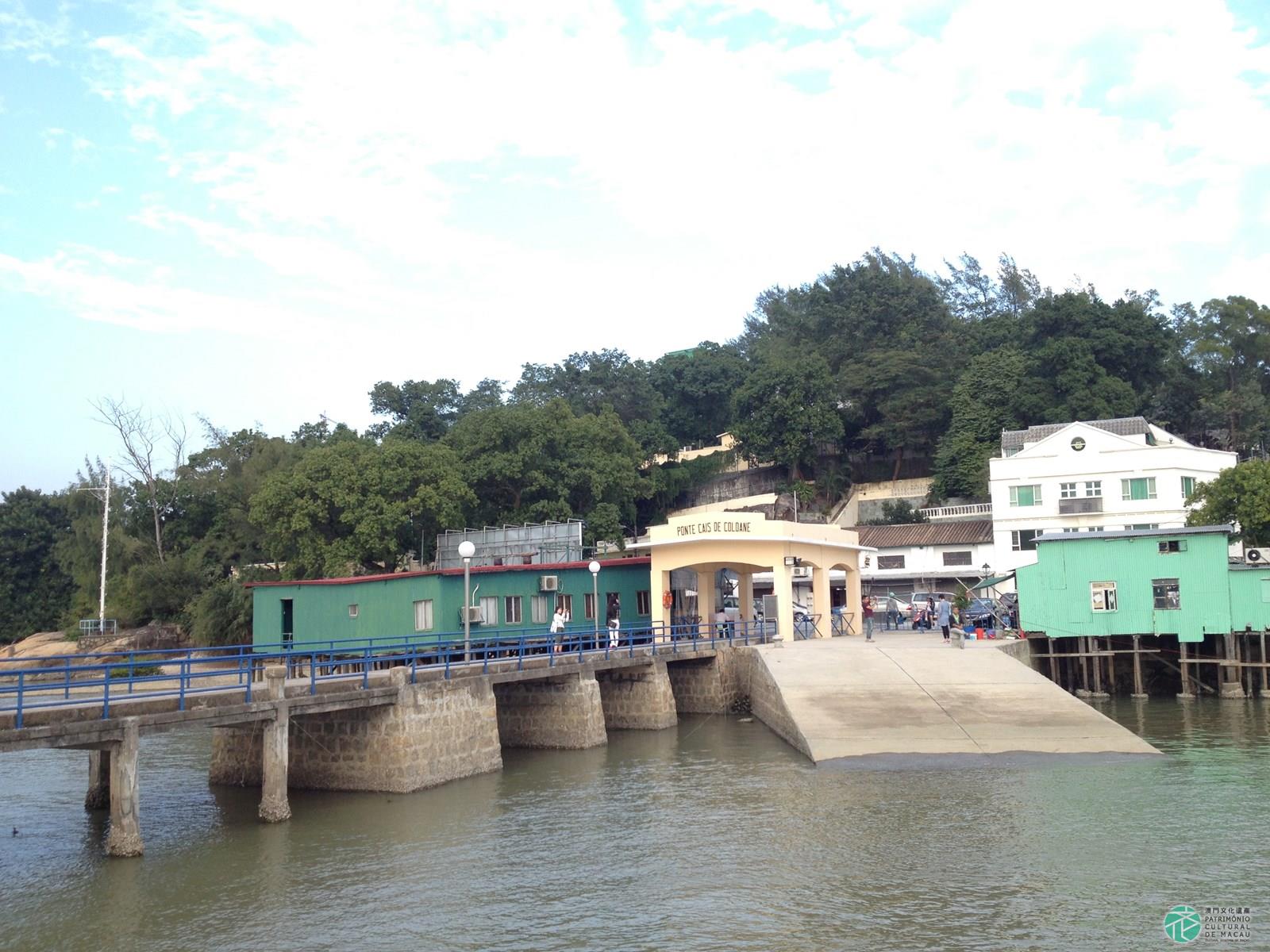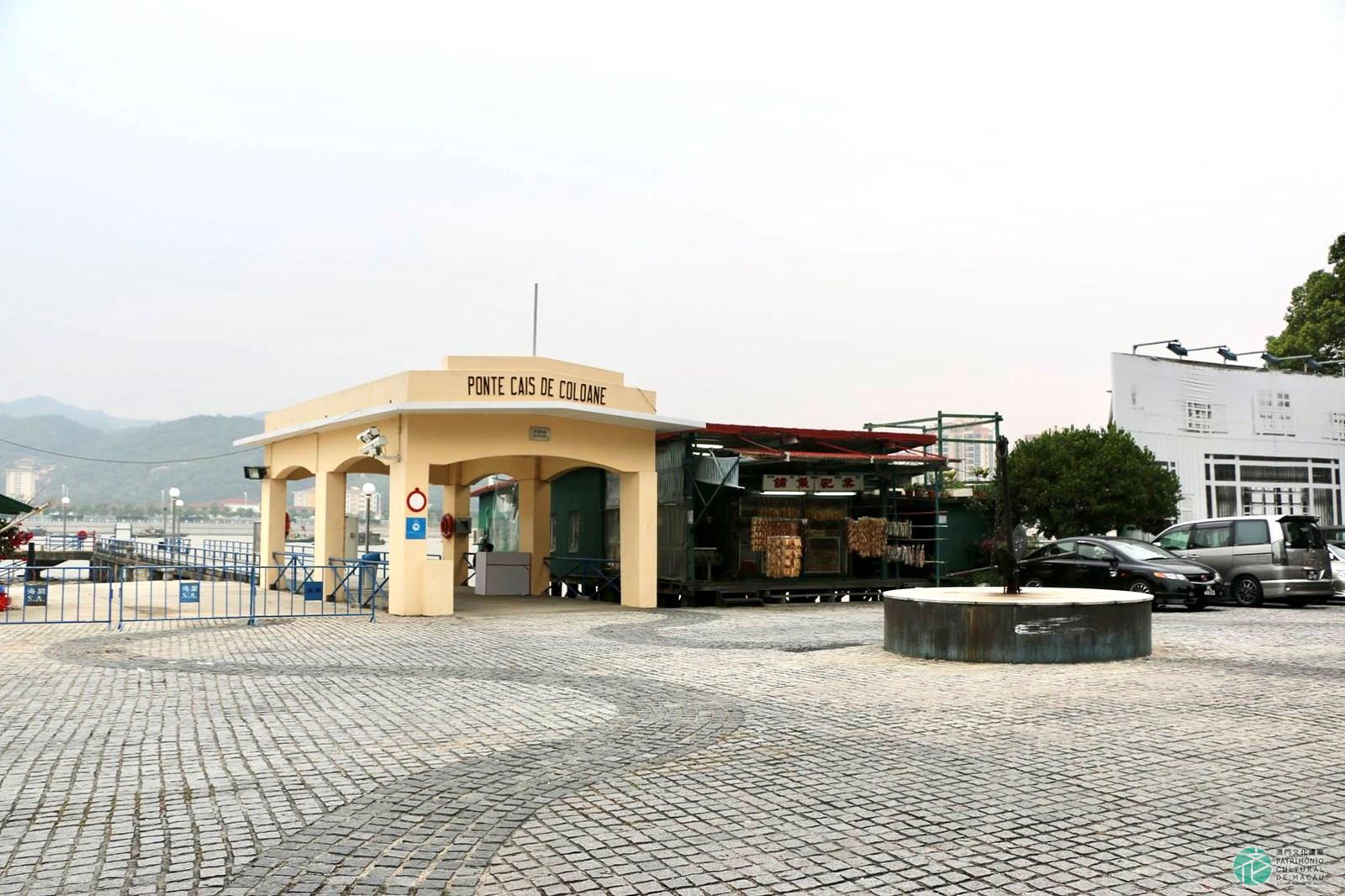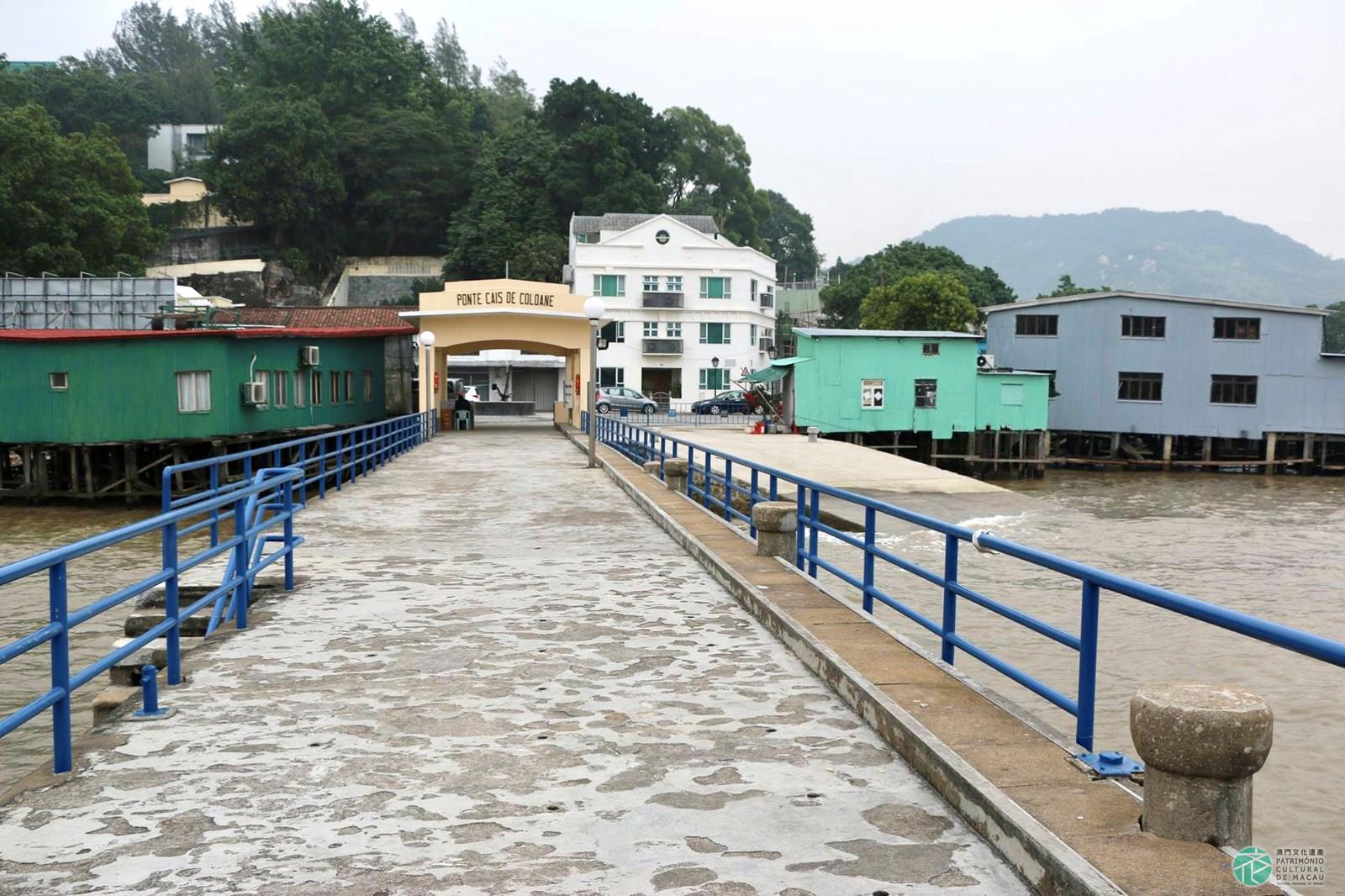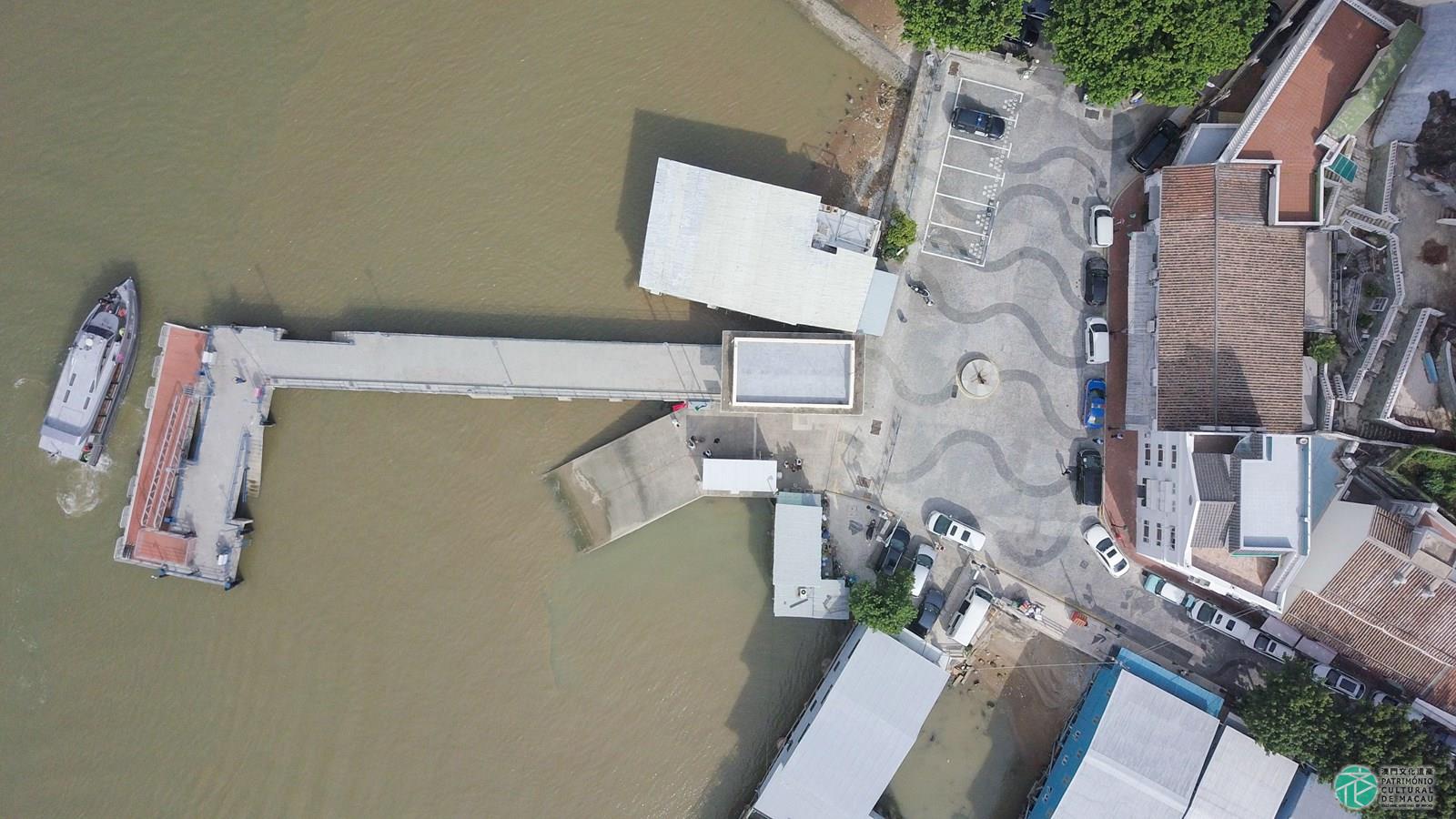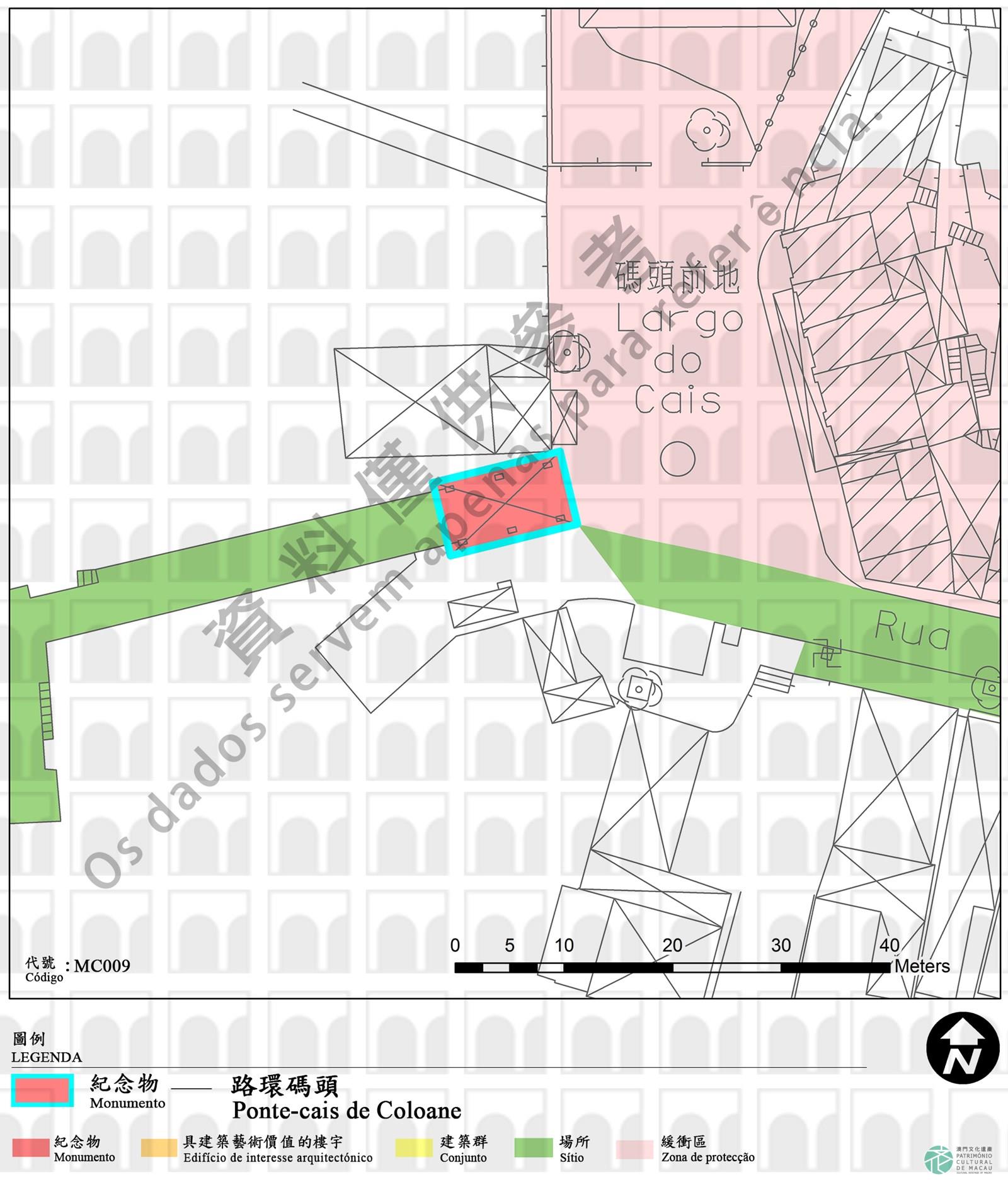Before the inauguration of Governor Nobre de Carvalho Bridge in 1974, ferries were the only means by which residents living in the islands could travel and transport supplies. A pier is an infrastructure where ferries and other vessels moor, pick up and drop off passengers and goods. The Coloane Pier was part of the infrastructure in the islands in the mid-20th century and was a platform for transporting fishery by-products and other goods in Coloane.
Sea transport was common between villages of Coloane and the neighbouring regions long ago, and there were regular ferry services between Salt-stove Bay (now the urban area of Coloane) and the Macao Peninsula. In the old days, the west coast of Coloane faced spacious and calm waters of the Cross Gate Waterway, which makes it a rather ideal spot to moor ships as compared to the north and east coasts, where precipitous cliffs are located, and the south coast, where headland beaches are found. After the ferry services had come into operation among the Macao Peninsula, Taipa and Coloane, the Coloane Pier became the gateway for people to enter and leave the island.
Because of siltation of the riverbed, a trestle bridge stretching to the waters from the shoreline had been built to the north of Rua dos Navegantes (an area near the now Coloane Pier) as early as in the 1920s for people to embark and disembark from ships, whereas the portico and the slopy quay were constructed after a franchise system became effective for the passenger ferry services between the Macao Peninsula and the islands, which were a part of the development plan of the islands at that time. With the implementation of the franchise systems for the passenger ferry services between the Macao Peninsula and the islands and for the public transport services on the islands, the Coloane Pier became a hub of public transport and a place where ships loaded and unloaded passengers and goods. Starting in the 1950s, the ferry services of the Coloane Pier were provided by Kong-San Company Limited, Macao-Taipa-Coloane Passenger Ferry Service Limited, and Macao-Islands Passenger Transport Company Limited. The services saw a decline in frequency after the inauguration of Estrada do Istmo in 1968 and the Governor Nobre de Carvalho Bridge in 1974. When the passenger ferry services were discontinued in the early 1980s, the pier only served as a mooring place for the ships of Hengqin citizens who came to Macao to sell agricultural products.
The Coloane Pier is a structure mainly built of reinforced concrete and comprises three parts: a trestle bridge from the shoreline, a covered corridor and a slopy quay. The covered corridor is an independent portico structure, which mainly features an arched entrance, a symmetrical façade, parapets at two levels, and a protruded eave. The structure is plastered in light yellow and features a simple and rustic design, which manifests a strong Art-Deco architectural style. The first half of the existing trestle bridge is built of granite, while the second half is of reinforced concrete. On the front and rear elevations are inscriptions that read ‘Coloane Pier’ in both Portuguese and Chinese.
